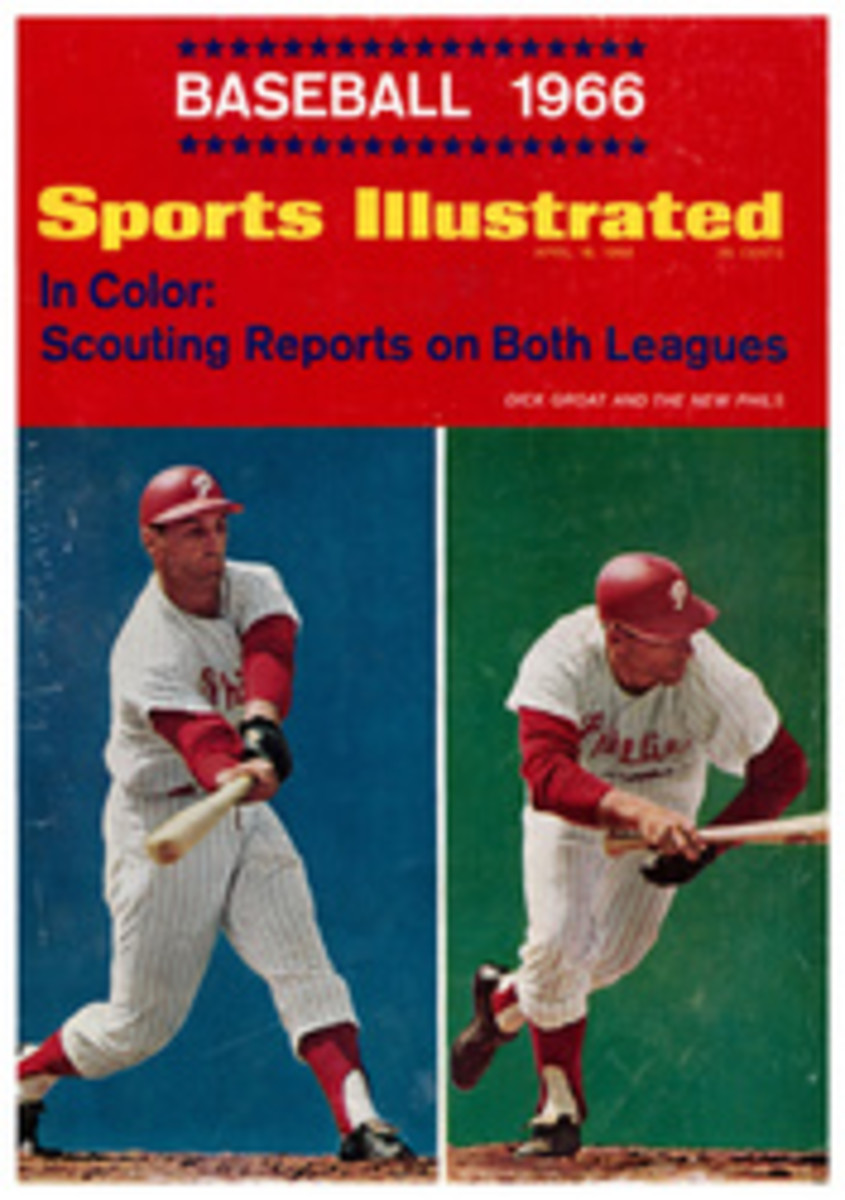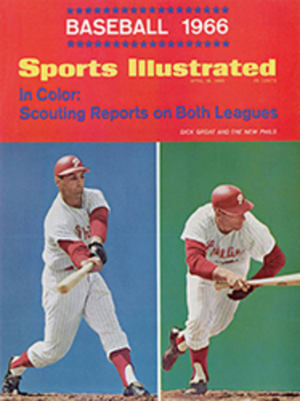
Modern replicas of two old Winchesters are offered to shooters and collectors
An advertisement in the Winchester Repeating Arms Company's 1867 catalog reads like a testimonial for a machine gun: "Not only can this gun be fired thirty times a minute continuously as a repeater...the whole fifteen cartridges can be fired in fifteen seconds, or at the rate of sixty shots a minute [if you are an unusually fast loader]...an effectiveness far beyond that of any other arm." The eloquent copywriter was not, in fact, describing a machine gun but rather the Model '66, the first of a line of Winchester lever-action repeating rifles that played an important role in the history of the West.
Called "Yellow Boy" by the Indians because of its distinctive brass receiver, the Model '66 quickly became popular with frontiersmen, who had long been hampered by the limited firepower of single-shot rifles. The '66 was developed for Winchester by Benjamin Tyler Henry, the same New Hampshire gunsmith who earlier invented the Henry rifle, a gun that provoked a famous slogan: "That damned Yankee rifle that can be loaded on Sunday and fired all the week." The '66 was lighter, stronger and had more firepower (two shots per second) than the Henry rifle. Winchester made about 165,000 '66s in three models—a $50 17-shot rifle, a $40 carbine and a military musket—and the few '66s still around are highly prized by collectors. A rifle in mint condition is currently worth $1,000.
To celebrate its 100th anniversary this year, Winchester has introduced two modern lever-action Centennial '66s, a carbine and a rifle, chambered for the .30-30 cartridge. These handsome, well-made guns come with commemorative inscriptions ("Winchester Centennial '66" on the gold-plated tang and "A Century of Leadership 1866-1966" along the octagon barrel) and will be produced this year only in limited editions. Advance dealer orders indicate that these Yellow Boy replicas will be grabbed up quickly, mostly by collectors. But they need not be relegated to the mantel. The '66s are completely functional sporting firearms, and they are surprisingly accurate. Winchester has not made exhaustive accuracy tests, but the company has discovered that most of the Centennial '66s are shooting better than the conventional round-barrel .30-30s, probably because of the rigidity of the octagon barrels. The new nine-shot '66 rifle comes with a 26-inch barrel and weighs eight pounds, while the carbine has a seven-shot capacity and weighs seven pounds. Both have gold-plated forearm caps and butt plates and sell for $125.

